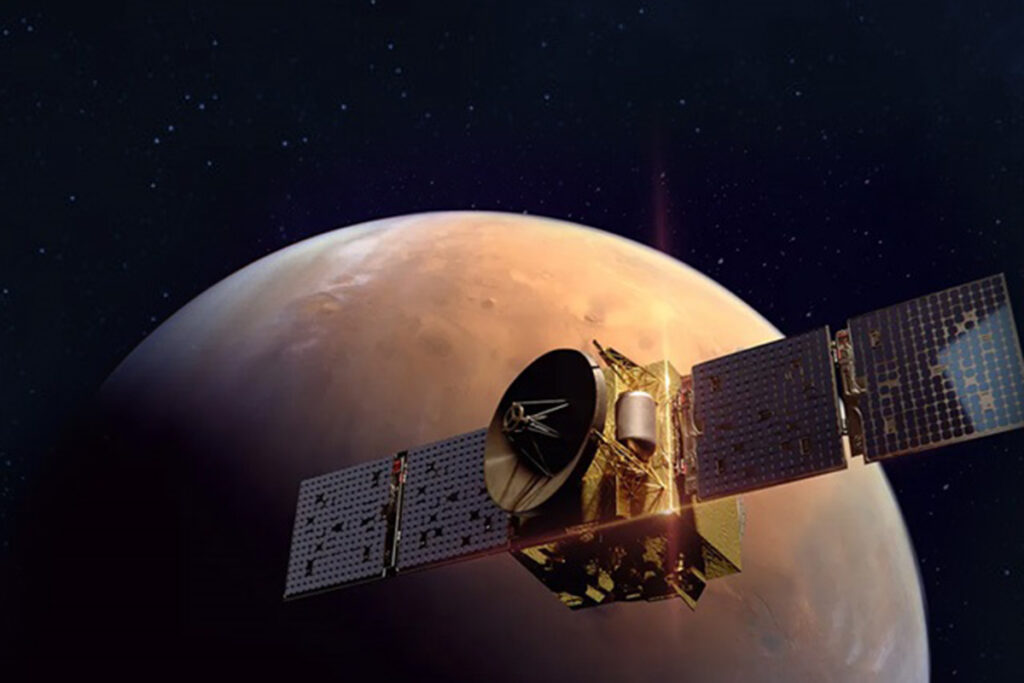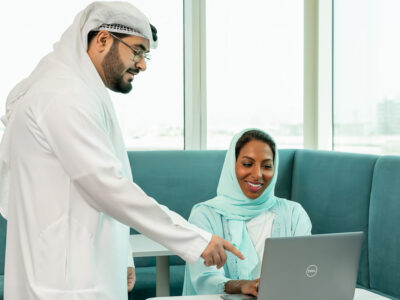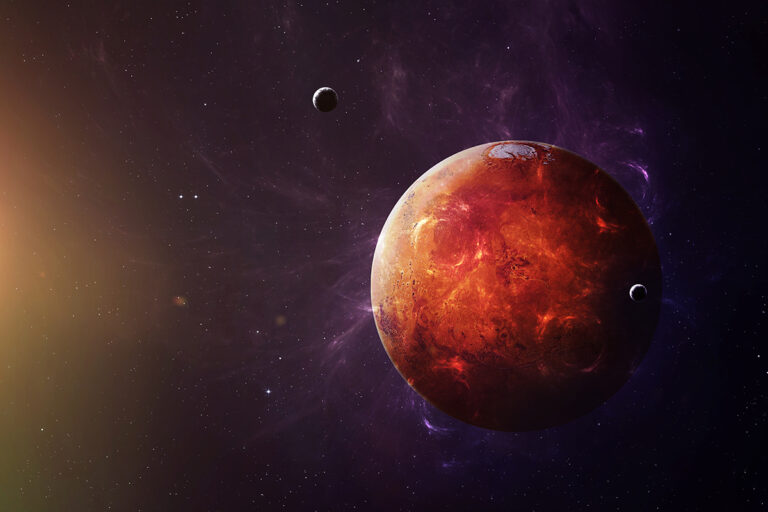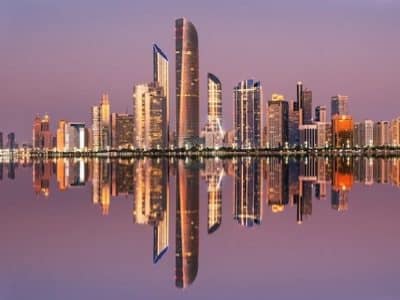The UAE recently marked 25 years since the launch of its first satellite, Thuraya 1. That mission, which began as a practical effort to improve connectivity, marked the start of a journey that has transformed a small nation into one of the world’s most ambitious space players. As we look forward to the next era of space exploration, the anniversary offers a chance to look back and forward, to ask what we have learned, and where we go next.
In 2000, I was still a student in India, fascinated by the night sky but far from any laboratory. At that time, the UAE’s involvement in space was largely commercial. It bought technology from abroad, applied it successfully, and focused on solving problems here on Earth. Over the years, the purpose evolved. The country realised that space could be more than a service industry. It could be a driver of science, innovation, and national confidence. Institutions such as the Emirates Institution for Advanced Science and Technology, founded in 2006 and incorporated into the Mohammed bin Rashid Space Centre (MBRSC) in 2015, and the UAE Space Agency began building home-grown capability.
From those early satellites, the UAE has expanded its reach to Mars, the Moon, and soon the asteroid belt. Each mission has taught new lessons, turning partnerships into expertise. When the Emirates Mars Mission was developed, it was an international collaboration, with a goal to learn and to build capability. Now that knowledge has come home. The upcoming Emirates Mission to the Asteroid Belt will be led from the UAE, with Emirati teams running science and operations. This evolution from user to builder to explorer has been deliberate, and it has worked.
At NYU Abu Dhabi, I see daily how this environment supports science. My research group has built a planetary simulation chamber where we can recreate the conditions found on Mars, the Moon, and in the asteroid belt. We use a chemically identical replica of lunar dust, which we made in our lab, and can adjust pressure, temperature, and radiation levels to test instruments before flight. We also study a Martian meteorite that was recovered in Morocco. It is our first piece of Mars in the lab, and it is helping us to understand how the material formed and travelled through space before landing on Earth. This is detailed, patient work, but it is exactly what turns ideas into missions.
One advantage of working here is speed. When my team built experiments for the Rashid 2 lunar rover and a problem appeared, we could drive from Abu Dhabi to the space centre in Dubai and fix it together that day. The country’s small size and open communication make collaboration easier and faster than in many larger programmes. Another advantage is mindset. Leadership here is young and open to new ideas. That willingness to experiment is vital for scientific progress.
My own research explores how life might survive below the surface of other worlds. High-energy cosmic rays can split water molecules underground, releasing electrons that some microbes can use as energy. This process, called radiolysis, could make life possible in dark, cold environments like Mars or the icy moons of Jupiter and Saturn. To test that idea, future missions will need to drill one or two metres below the surface, an area the UAE could help explore through new instruments, sensors, and data systems tested in our labs.

Every major space project strengthens skills that reach far beyond science. The engineers and managers who deliver complex missions learn to solve problems systematically and work across disciplines. When they move into other sectors, they bring that mindset with them. This is how space programmes build broader economies.
The next phase should focus on integration and continuity. Universities, schools, and the national space programme can work more closely so that students participate in real missions, not only in classrooms, but in design, operations, and data analysis. When young people handle real data, they often see patterns others miss. We also need stronger bridges between universities and local industry. Emirati companies are developing satellites and platforms, yet structured internships and research partnerships remain rare. Building those connections will help turn laboratory results into technologies and new businesses.
To sustain progress, space efforts need both agility and long-term stability. Deep space missions take decades, so funding, goals, and roadmaps must stay consistent even as leadership changes. If I could set one bold goal for 2050, it would be to prepare for human missions to Mars, not just as a symbolic leap, but for scientific discovery and as a practical driver of innovation. Sending humans safely to Mars will require breakthroughs in life support, resource management, sustainable food production, 3D printing for materials and medicine, and AI. All of those technologies would help life on Earth. And, as with the Apollo programme, the inspiration alone could transform society.
Twenty-five years after Thuraya 1, the UAE has shown it can move from buying space services to building and operating them with purpose. On World Science Day, as I work with my students to recreate lunar and Martian conditions in the lab, I am reminded how far the country has come. The UAE has created an environment where science moves fast, ideas can grow, and discovery feels within reach. If we keep that spirit alive, the next 25 years will not just mark more milestones. They will deliver answers.









